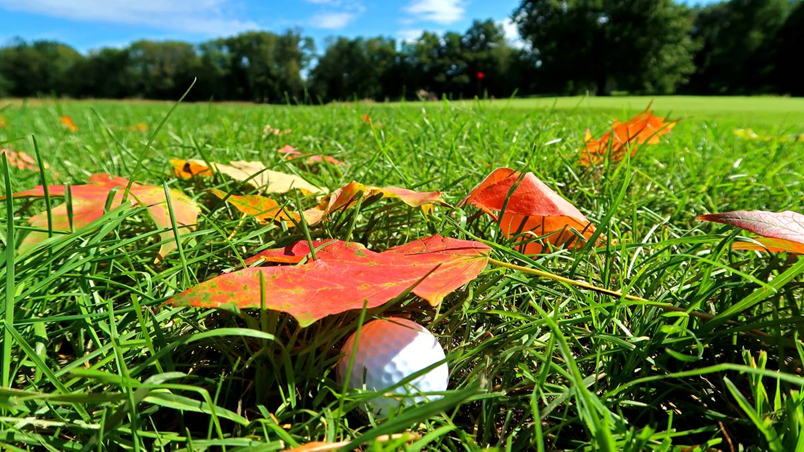12 Things You Might Not Know About the Masters and Augusta National
- Kingsville Admin
- Mar 30, 2022
- 3 min read

It’s the holy grail of North American golf, and while 2020 has brought a new filter to the spotlight that will soon shine on the famed Augusta National Golf Club, this year’s Masters has enjoyed as much build-up and anticipation as any tournament in recent years.
Sure, you know that Jack, Tiger and Arnie have combined for 15 green jackets and you’re plenty familiar with azaleas (which won’t be in bloom this year), but we’re guessing there’s plenty in this list that will surprise you.
Without further ado, here are a dozen fun facts about Augusta National and the Masters that will get you ready for a tradition unlike any other.
1. The trees on Magnolia Lane are over 160 years old
The famous Magnolia Lane extends from the entrance gate to the clubhouse. But here’s a fun fact — the large magnolia trees that line both sides of the 330-yard road date to the late 1850s. The road was paved in 1947.
2. Only two pro golfers are current members at Augusta National
Jack Nicklaus and former amateur standout John Harris (who recently retired from the PGA Tour Champions) are the only pro golfers who are Augusta National Golf Club members. Arnold Palmer, who died in 2016, was also a club member.
3. Three bridges are dedicated to players
There are three dedicated bridges at Augusta National: the Sarazen Bridge at hole No. 15 — to honor Gene Sarazen’s double eagle there during the 1935 Masters, the Hogan Bridge at the No. 12 green — to honor Ben Hogan’s then-record score of 274 in 1953, and the Nelson Bridge at the No. 13 tee — to honor Byron Nelson’s performance on holes No. 12 and 13 when he won the 1937 Masters.
4. The green jacket tradition started in 1937
The tradition of members wearing green jackets began in 1937, when jackets were purchased from New York’s Brooks Uniform Co. The idea was that Masters patrons easily could see members who would have accurate information. The jackets have been stitched at Hamilton Tailoring outside Cincinnati and according to numerous reports, it takes roughly a month to produce each three-button, single-breasted blazer.
5. As many as five amateurs can stay in the Crow's Nest during Masters week
The Crow’s Nest is a 30-by-40-foot room atop the clubhouse available as living quarters for as many as five amateurs during The Masters. There are four bedrooms, a games table and a television. Although it’s certainly not ritzy, it’s considered one of the most historic parts of the property. Eight players who have stayed in the space as amateurs later won the event — Jack Nicklaus, Tommy Aaron, Tom Watson, Ben Crenshaw, Craig Stadler, Mark O’Meara, Phil Mickelson and Tiger Woods.
6. Only one president was a member at ANGC
Avid golfer Dwight (Ike) Eisenhower is the only U.S. president to have been a club member. Ike’s Pond occupies 3 acres near hole No. 9 on the par-3 course, a nine-hole layout that is the site of the traditional Par 3 Contest on Wednesday of Masters week.
7. Every hole is named for a plant or shrub
Each hole is named after a plant or shrub that adorns it. For example, No. 3 is called “Flowering Crab Apple.” An estimated 80,000 plants have been added since the course was built.
8. The area was used for raising animals during WWII
The tournament was not played during the years 1943, 1944 and 1945 because of World War II. To help with the war effort, turkey and cattle were raised on the Augusta National Grounds.
9. The land had once been Fruitland Nurseries (and cost $70K)
The club was conceived by Bobby Jones and Clifford Roberts. Their vision was to establish a national membership for the club. They took a $70,000 option on a 365-acre property called Fruitland Nurseries in Augusta, Georgia. Jones and Alistair Mackenzie of Scotland designed the course. Construction began in 1931. The course opened in 1932 with limited play. The formal opening was January 1933.
10. Cabins still provide on-site lodging for members
The 10 cabins located on the grounds of Augusta National provide lodging for members and their guests. The cabin in this photo is named the Eisenhower Cabin because the club built it for President and Mrs. Eisenhower for their visits to Augusta National. The cabin is a little larger than others, because it had to house Secret Service members.
11. The Record Fountain sits just off the 17th green
The Record Fountain was built to commemorate the 25th anniversary of the Masters. It is located left of the No. 17 green and displays course records and Masters Tournament winners.
12. Rae's Creek was used as protection from attacks
Rae’s Creek was named after John Rae. The creek runs in front of the No. 12 green, has a tributary at the No. 13 tee, and passes by the back of the No. 11 green. Rae’s house kept residents safe during Native American attacks. It was the furthest fortress up the Savannah River from Fort Augusta.





Comments